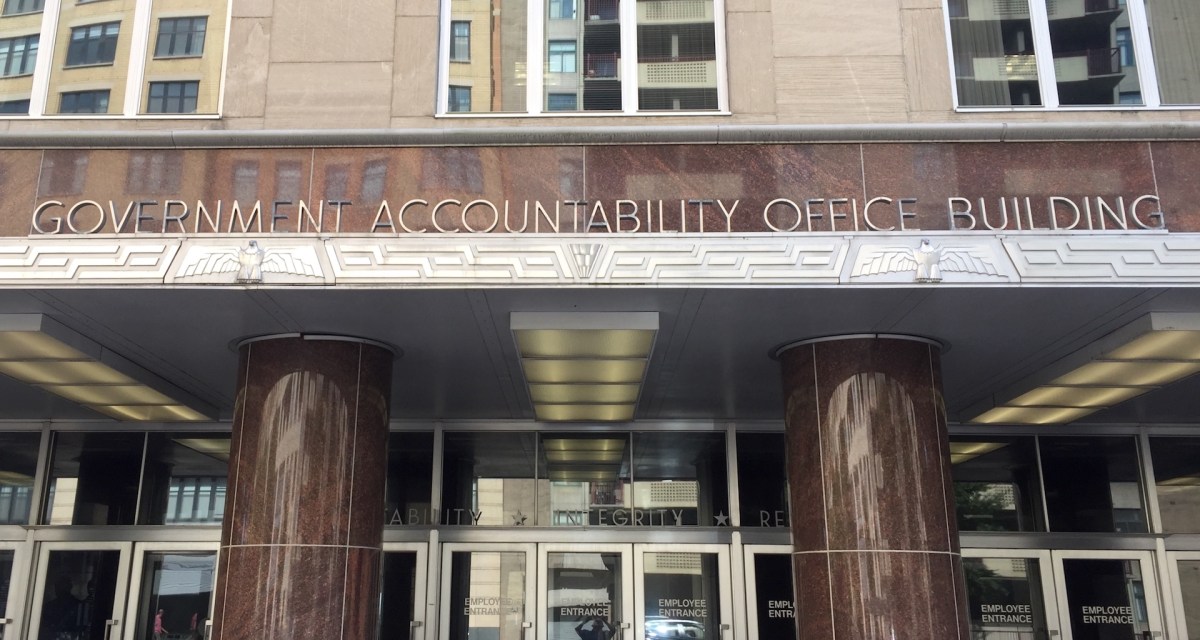7 mission-critical IT acquisitions at ‘high risk’ of not being implemented

Many agencies overseeing mission-critical IT acquisitions feel they’re at high risk of failing to implement the product or service, according to the Government Accountability Office.
Of the 16 IT acquisitions GAO deemed most critical across government, there’s a good chance seven will not be fully implemented due to a combination of workforce, schedule, technical and funding issues.
“[W]hile the federal government has undertaken numerous initiatives to better manage the billions of dollars that federal agencies annually invest in IT, these investments have too frequently failed or incurred cost overruns and schedule slippages, and contributed little to mission-related outcomes,” reads GAO’s report to Congress released Tuesday. “These failed investments often suffered from a lack of disciplined and effective management, such as project planning, requirements definition, and program oversight and governance.”
The seven IT acquisitions in question include the:
- Department of Commerce‘s 2020 census technical integrator contract,
- Department of Defense‘s Defense Healthcare Management System (DHMS) modernization,
- Department of Justice‘s Terrorist Screening System,
- State Department‘s consular systems modernization,
- Treasury Department‘s Customer Account Data Engine 2,
- Small Business Administration‘s Application Standard Investment-Certify project, and
- Social Security Administration‘s Disability Case Processing System 2 (DCPS2).
IT acquisitions and operations management has been on GAO’s High-Risk List since 2015, and high-risk programs and services are viewed as vulnerable to fraud, waste, abuse and mismanagement or in need of transformation.
All 16 of the IT acquisitions GAO reviewed had sizable budgets and variable timeframes like DOD’s DHMS modernization, which is expected to cost $10.2 billion over 21 years.
While seven of the 16 IT acquisitions were expected fully deployed within two years, for five there was no timeline for completion.
“The officials for these agencies stated that a final deployment date could not be determined because of the iterative nature of the agile software development processes being used,” reads the report. “With this type of iterative development approach, agencies deploy functionality on an ongoing basis, rather than delivering all functionality at one time, such as the waterfall approach.”
Two other agencies cited the coronavirus pandemic for delaying development and deployment.
Workforce issues — including contract transitions, inadequate skills among contract staff and delays onboarding federal and contract support — were the biggest challenges to acquisition implementation cited for 12 of the acquisitions.
Schedule slippages due to changes in development strategy contract delays and hiring freezes were reported for 10 acquisitions, and 11 reported rebaselining cost, schedule and performance goals mid-implementation. Technical issues like transitioning to the cloud, unexpected complexity and cybersecurity were also reported for nine acquisitions and funding issues for eight of them.
On the flip side, 13 of the acquisitions could generate cost savings after deployment through streamline processes in the case of seven, shutdown of legacy systems in the case of six, eliminating paper for three, improving security for three, and using cloud-based services for two.
Only SSA responded on GAO’s findings to say that, when implemented, its disability processing system will be used for disability determinations agencywide.
“Implementing DSPS2 as the national, common case processing system will improve public service, modernize disability determination processes, and increase information security,” wrote Stephanie Hall, chief of staff in the Office of the Commissioner, in SSA’s response.




